PA system on Oil Platform
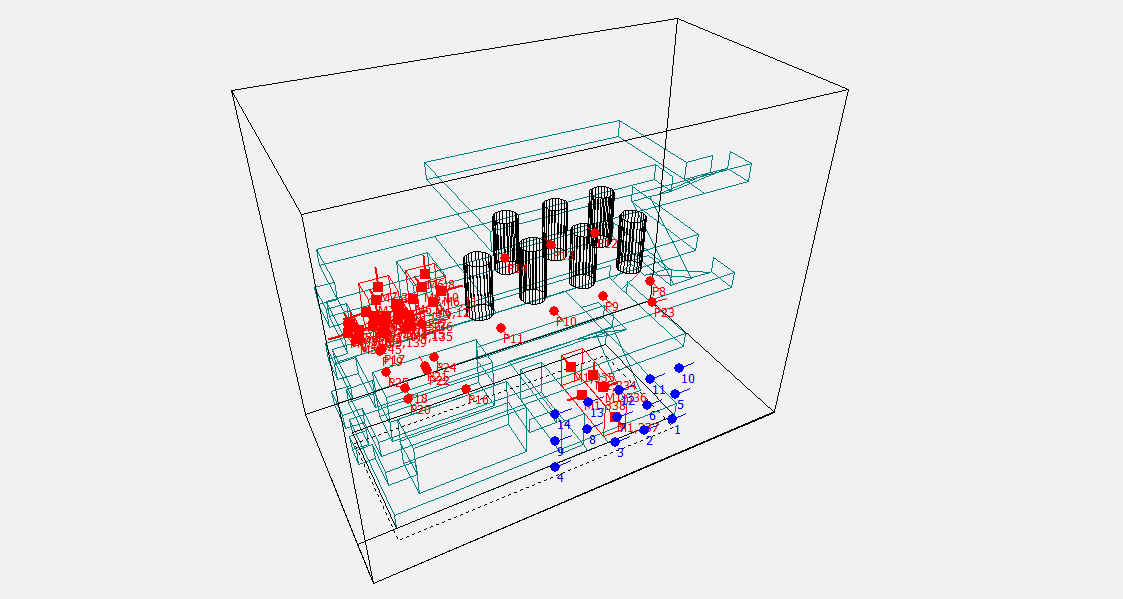
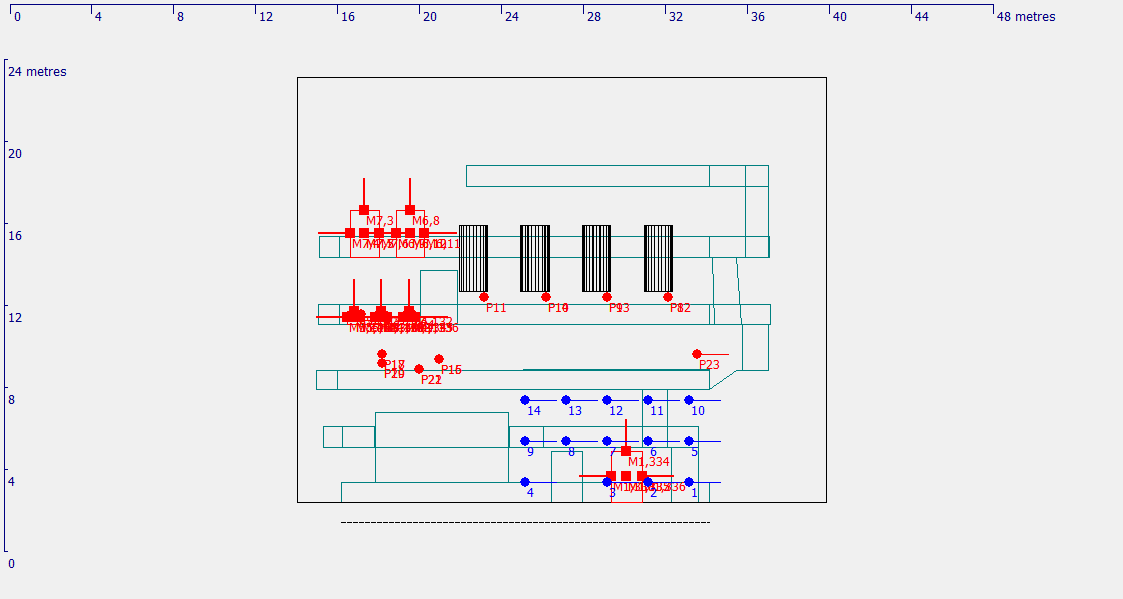
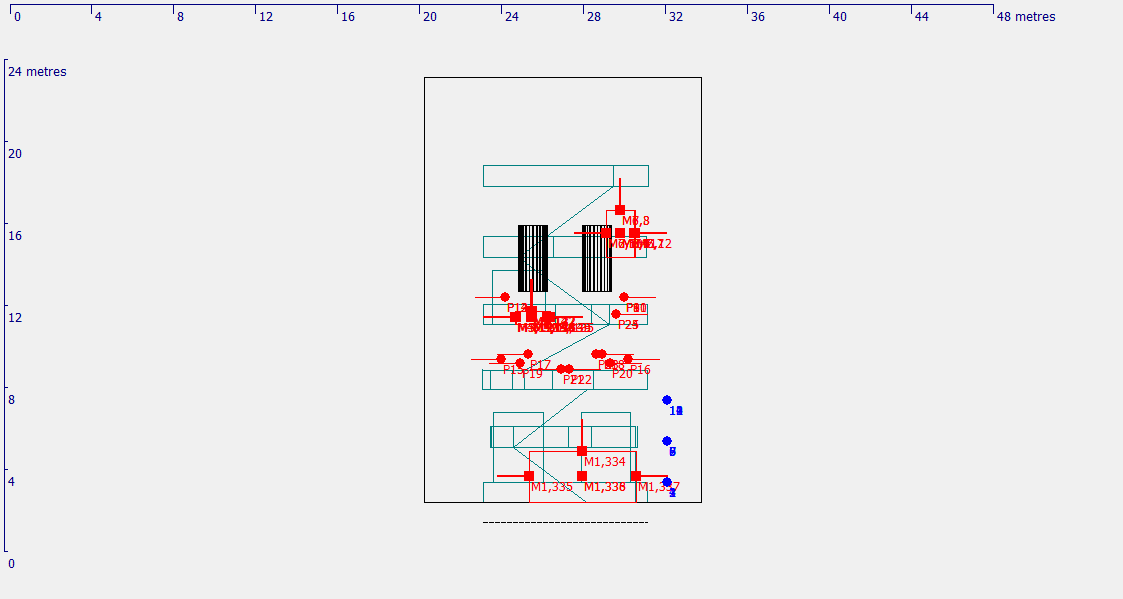
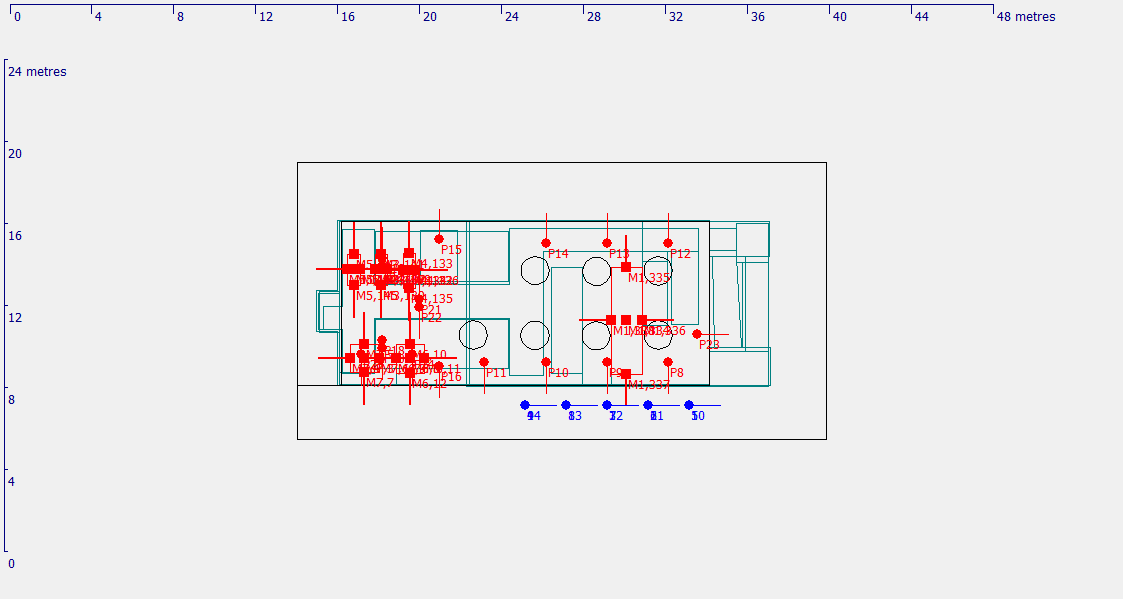
For the simulations, both point and surface sources have been used. The PA system is represented by a series of point sources and noisy structures are presented by surface sources. The main oil platform geometry has been placed inside a box with walls of 100% absorption to represent the open air. ODEON can be used for open air situations as long as the geometry is enclosed in a dummy box. Less than 20% of the rays used in the simulation are allowed to escape from a model via unintended openings, otherwise ODEON cannot perform the calculations and displays a warning message. However, there is no problem with rays being absorbed at the dummy box’s surfaces.
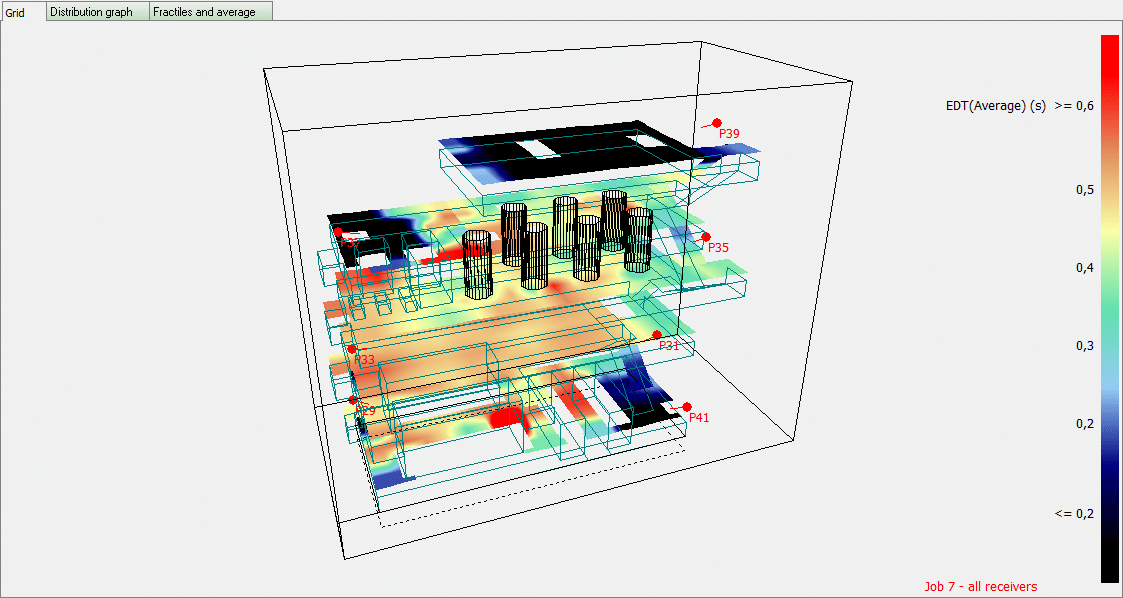
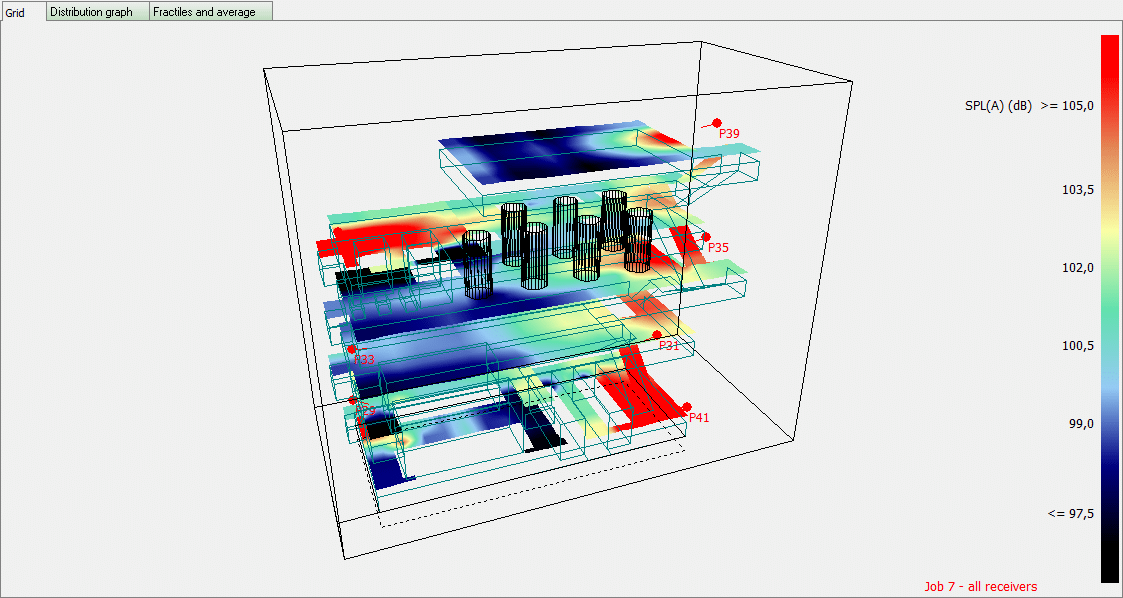
Grids are defined on all floors of the platforms and a color map of SPL and EDT is calculated in the job list.
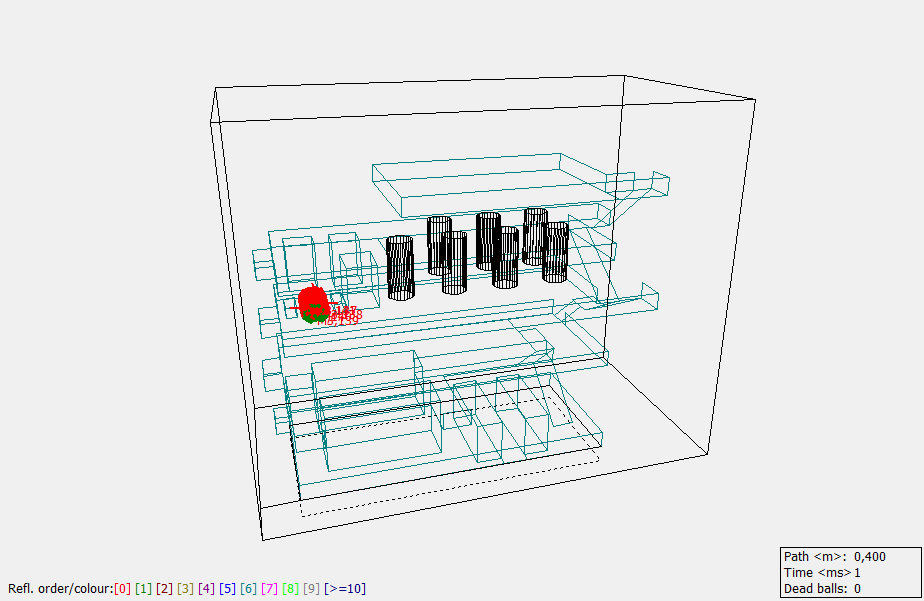
ODEON playing billiards.

The regulation implies that STI shall be at least 0.35 in the area where people can have access, but at the same time a 1 kHz alarm tone shall produce a SPL that does not exceed 115 dB. The number of loudspeakers, their position and power level must be selected in order to fulfill these requirements as closely as possible. STI results are shown above.

